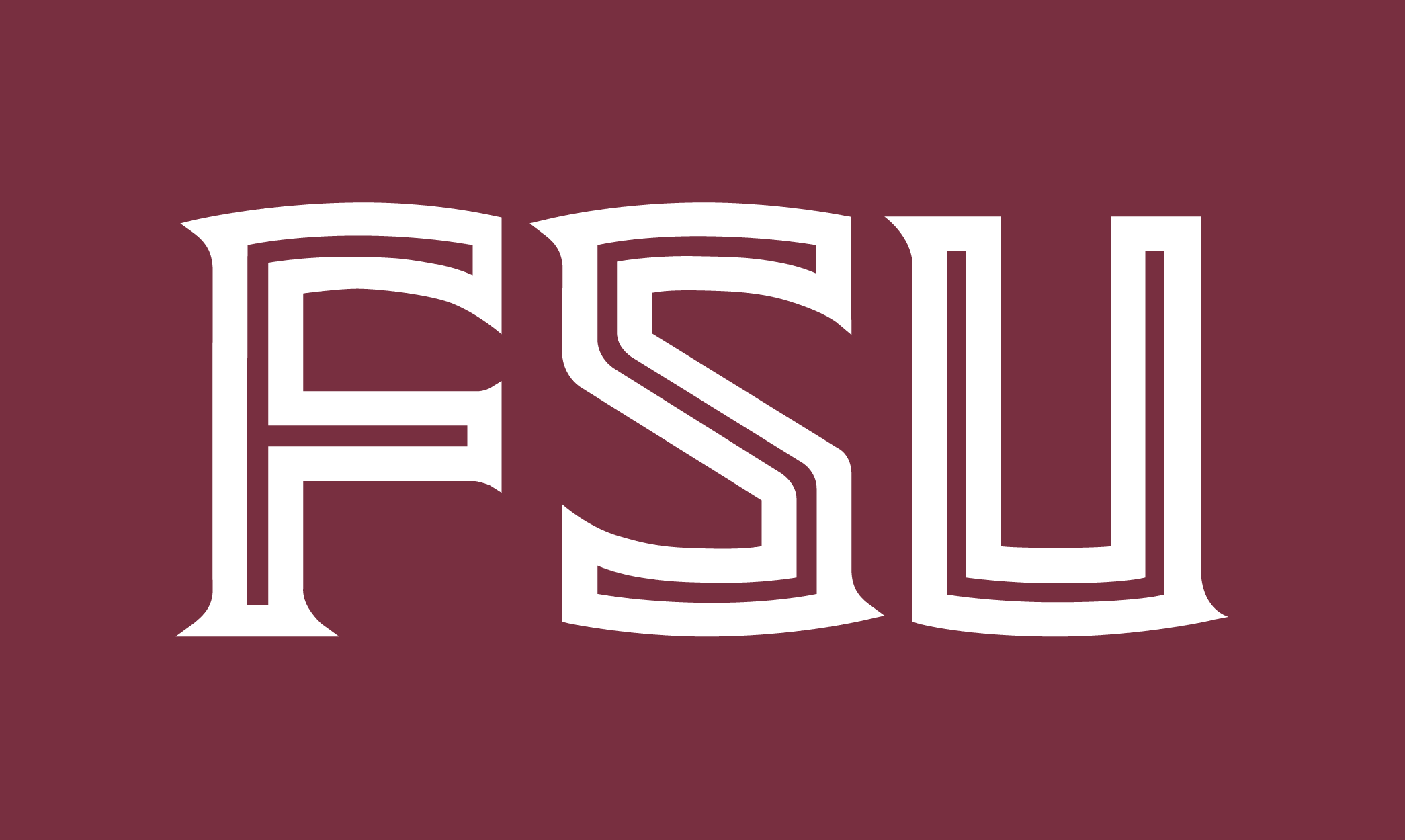Even men can get breast cancer. That’s the message a non-profit organization formed by a group of Florida State University students and their instructor wants people to know.
The Alliance for Breast Cancer Awareness in Women & Men is the result of the work of graduate students in two communication classes taught by William J.P. Smith Jr., an adjunct instructor in the College of Communication and Information, who is himself a breast cancer survivor.
The founders want the alliance to be a resource for others who want to educate the public that breast cancer is a disease that crosses gender lines. The alliance is designed to be an information conduit as well as a provider of marketing and support services.
“Only one-half to 1 percent of those diagnosed with breast cancer annually in the United States are males. This is one of the reasons it’s perceived as a ‘women’s disease,’ “ Smith said. “However, an oncologist in Tallahassee said that figure could be between 10 and 12 percent if men were regularly checked by their doctors, and an oncologist in Los Angeles said it could be as high as 20 percent.”
Globally, the percentage is even higher. Research abroad showed the percentage of breast cancer diagnoses for men at 15 percent in Zambia and 6 percent in Egypt and Tanzania, Smith said.
Smith, a 1956 FSU graduate who moved back to Tallahassee almost three years ago after a lengthy career in advertising and public relations, was diagnosed with breast cancer in the mid-1990s. It was two students in his Account Planning class, which has a heavy focus on consumer research, who first questioned whether any research had been done on the differences between men and women in attitudes and awareness of breast cancer. Mark Owens and Bryan Schulis wanted to know how men perceive breast cancer.
“We wondered what Mr. Smith did after his surgery, as it was our understanding that most men withdraw,” Owens said. “It turns out he became active in supporting efforts to raise money for women. But we wondered about the general public’s attitudes and whether the percentage of men diagnosed was too insignificant to make promoting male breast cancer awareness worthwhile.”
Smith divided the class into four teams of six students, who conducted focus groups, interviews and Internet as well as personal questionnaires. More than 600 people participated.
The students concluded an awareness campaign for men would yield positive results for both men and women by bringing more attention, and possibly more dollars, to the cause. Key to its success would be including both genders in the campaign and not simply targeting men.
It also could save lives. Male breast cancer is usually late-stage when diagnosed, Smith said, because doctors don’t routinely screen for it. Although the diagnosis rate likely would rise if men started getting checked for breast cancer regularly, the survival rate could also be expected to increase.
Once the Account Planning class had completed its research and advocated creation of the alliance, Smith handed off the results to another one of his classes, Foundations of Integrated Marketing Communication. Students in that class created a strategic marketing plan and branding campaign for it. Smith and a group of students have formed a steering committee to conduct additional research in the medical community and try to launch their classroom project as a public service.
“We want to create a dialogue and ground swell of awareness among the most important people in the target group: females, males, doctors, support groups, foundations and other interested parties,” Smith said. “From this will emerge an ambassador, partners and sponsors. The alliance will assist any organization that wants to create a marketing thrust for both women and men through integrated marketing communications tactics, at cost.

